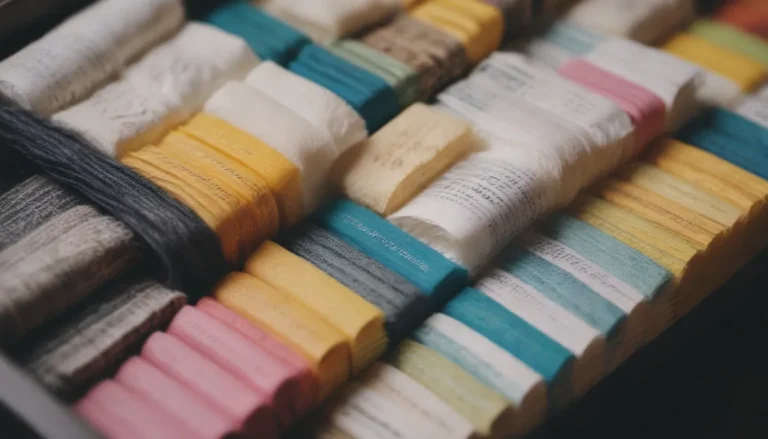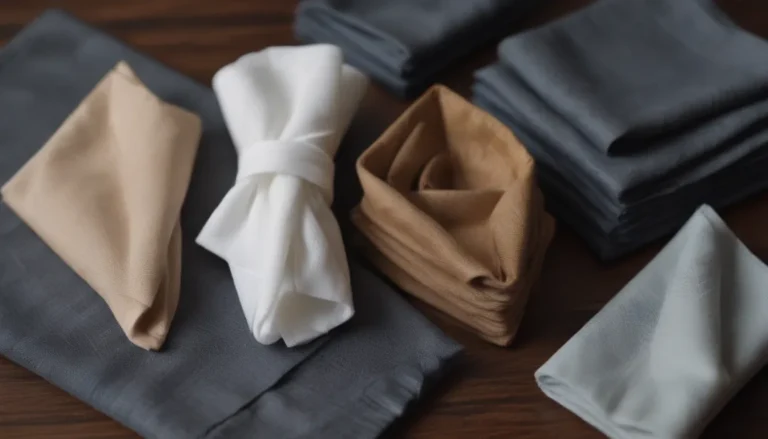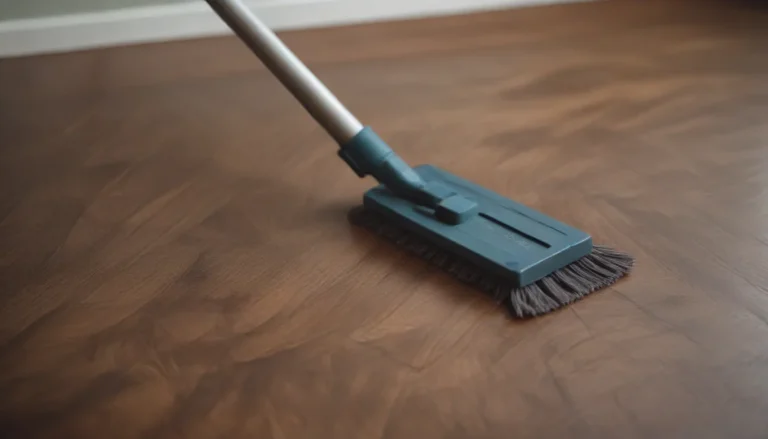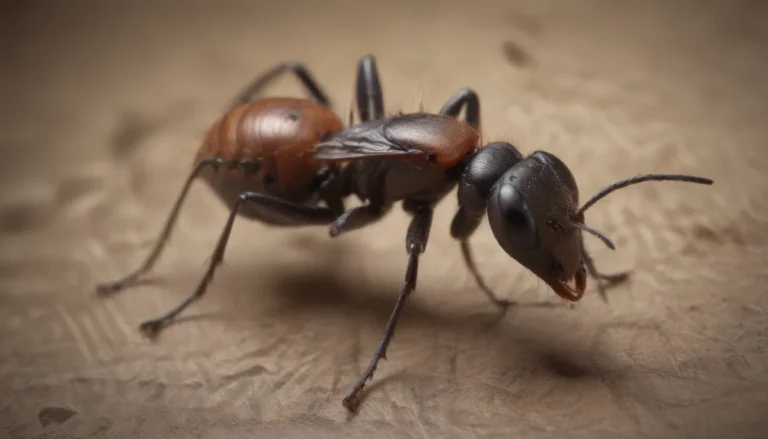Organic Methods to Prevent and Control Clothes-Eating Bugs
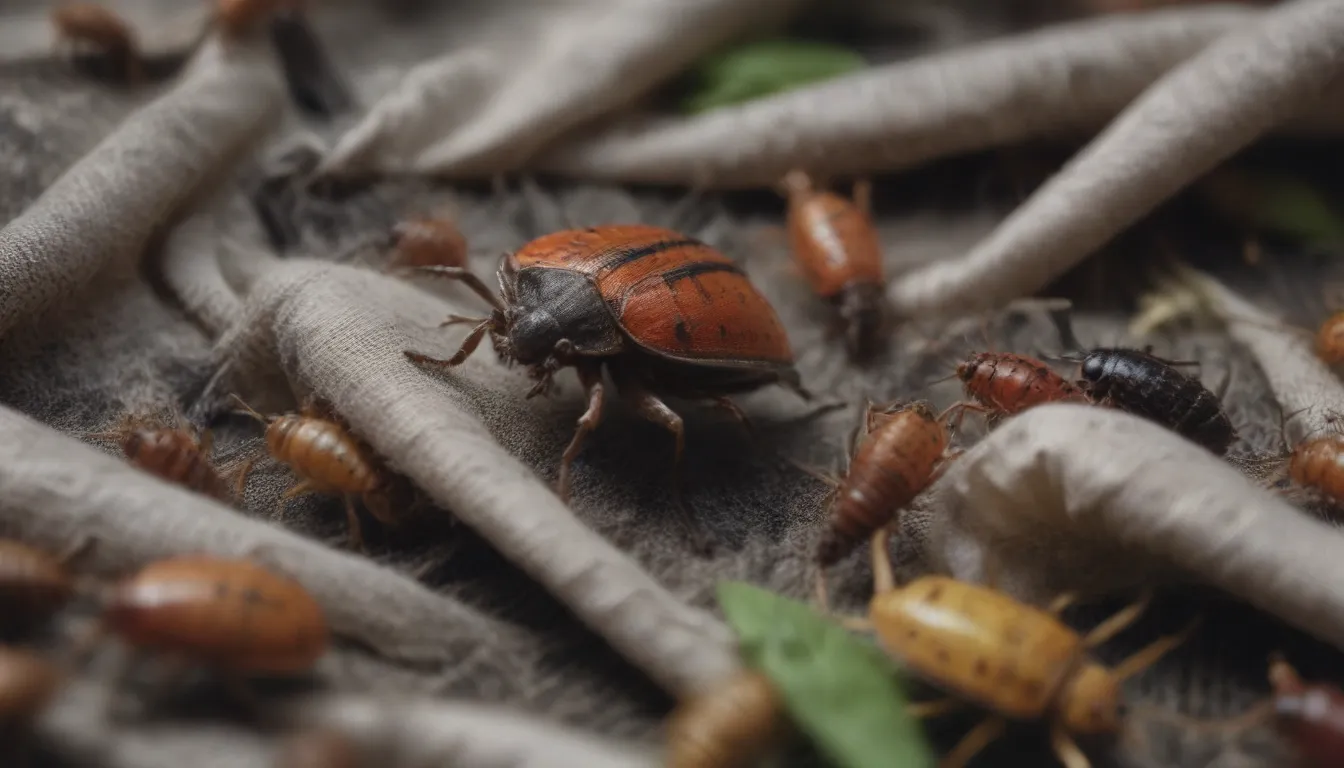
Are you tired of finding holes in your favorite sweater or realizing your clothes have been targeted by pesky bugs? Clothes-eating bugs like moths, carpet beetles, cockroaches, and more can wreak havoc on your wardrobe if left unchecked. But fear not, there are effective and organic ways to protect your clothing and prevent these insects from causing further damage. In this comprehensive guide, we’ll discuss the types of bugs that eat clothes, how to prevent them from infesting your wardrobe, and organic methods to control and eliminate them for good. Let’s dive in!
Types of Bugs That Eat Clothes
Before we delve into prevention and control methods, it’s essential to understand the types of bugs that feed on clothing. The most common culprits include:
- Clothes Moths: These tiny insects, particularly in their larval stage, are known for causing extensive damage to clothing made of wool, fur, cotton, linen, and synthetic blends.
- Carpet Beetles: Another common pest, carpet beetles also target clothing during their larval stage, creating holes and damage.
- Other Common Pests: In addition to moths and carpet beetles, other insects like termites, cockroaches, beetles, crickets, silverfish, and firebrats may also feast on your clothes, especially if they are soiled or stained.
These bugs are attracted to the proteins in fabrics like keratin in wool and fur, as well as food sources like stains, sweat, and skin cells. Additionally, they are drawn to dark, undisturbed areas where they can hide, breed, and feed on vulnerable clothing items.
How to Prevent Bugs From Eating Clothes
Now that you’re familiar with the pests that pose a threat to your wardrobe, let’s discuss effective methods to prevent them from infesting your clothes:
- Storage: Store clothing in airtight containers, such as plastic garment bags, to keep bugs out. Consider adding cedar blocks or herbal sachets to provide an extra layer of protection.
- Cleanliness: Only store freshly laundered clothing to avoid attracting pests to soiled garments. Regularly vacuum and dust storage areas to eliminate dust and debris that can attract bugs.
- Natural Products: Use organic pest control products like Zevo, which utilize natural oils to deter insects without harsh chemicals. These solutions are safe around children and pets and can be effective with consistent use.
By creating an environment that is uninviting to bugs and implementing these preventive measures, you can significantly reduce the risk of clothes-eating bugs infesting your wardrobe.
How to Get Rid of Bugs That Eat Clothes
If you’ve discovered an infestation of clothes-eating bugs in your home, don’t panic. There are organic methods to control and eliminate these pests effectively:
Organic Control of Carpet Beetles
- Thorough Cleaning: Start by thoroughly cleaning baseboards, corners, and carpet edges where debris accumulates, providing a food source for carpet beetles.
- Vacuuming: Vacuum all clothing storage areas to remove adults, eggs, and larvae. Dispose of the vacuum bag outside promptly to prevent re-infestation.
- Treatment: Freeze small infested items for 48 hours or heat them to over 120 degrees Fahrenheit for several hours to kill beetles. Wash or dry clean infested clothing before returning it to storage.
Organic Control of Clothes Moths
- Natural Repellents: Use dried lavender, essential lavender oils, and cedar blocks to repel clothes-eating moths in tightly sealed storage areas.
- Preventive Measures: Freeze clothes for 72 hours to kill eggs and larvae. Expose woolen garments to sunlight and high temperatures to control moth populations effectively.
Organic Control of Cockroaches
- Sanitation: Maintain a clean and well-sealed home to prevent cockroach infestations. Repair leaks, seal cracks, and eliminate food sources to deter these pests.
- Safe Control: Use 20 Mule Team Borax as a safe roach control method by dehydrating roaches. Apply a mixture of borax and sugar in hiding places and reapply as needed.
Organic Control of Other Common Pests
- Crickets: Eliminate moisture and food sources to control indoor cricket populations. Use glue-based traps to capture crickets without pesticides.
- Silverfish and Firebrats: Remove moisture and food, apply desiccants like silica powder, and use sticky traps to control these pests effectively.
- Termites: Improve home sanitation, reduce moisture levels, and eliminate outdoor debris to deter termites. For severe infestations, seek professional pest control services.
By implementing these organic control methods and incorporating preventive measures into your home maintenance routine, you can effectively combat clothes-eating bugs and protect your clothing from further damage. Remember to maintain cleanliness, monitor storage areas, and employ natural repellents to keep pests at bay.
Conclusion
In conclusion, clothes-eating bugs can be a nuisance, but with the right preventive measures and organic control methods, you can protect your wardrobe and eliminate these pests effectively. By storing clothing in airtight containers, using natural repellents, and maintaining a clean home, you can create an environment that is unappealing to bugs. Remember to address infestations promptly and utilize safe, organic pest control solutions to keep your clothes safe and bug-free.
Don’t let clothes-eating bugs ruin your favorite garments. Take action today to safeguard your wardrobe and enjoy bug-free clothing for years to come!
